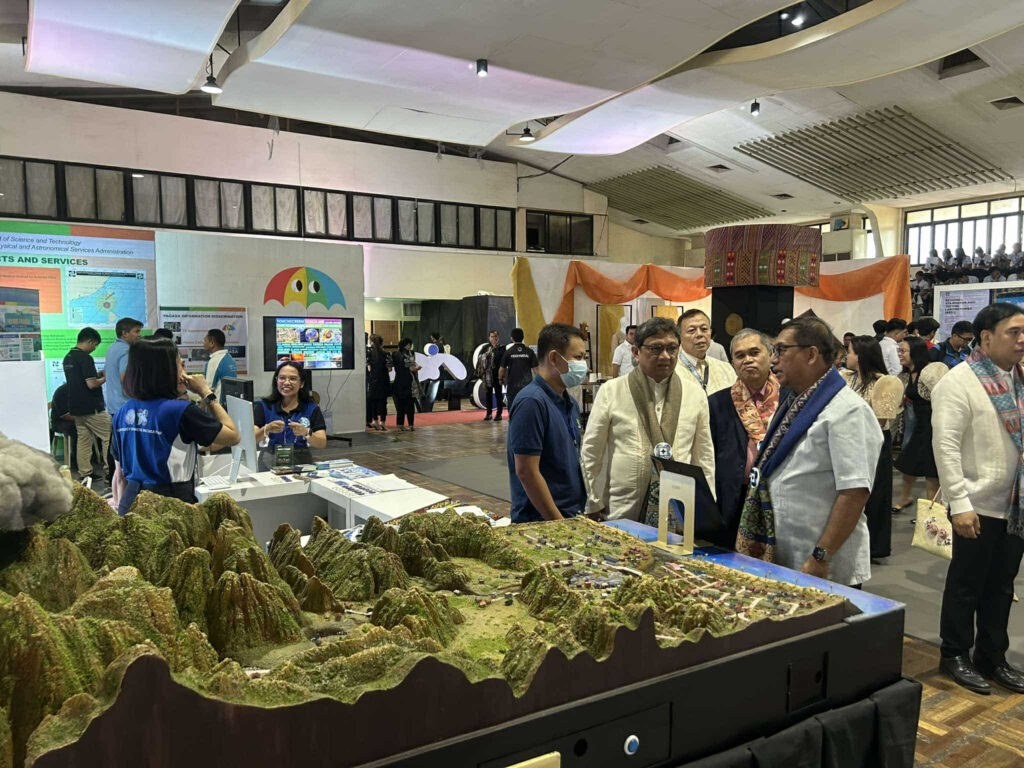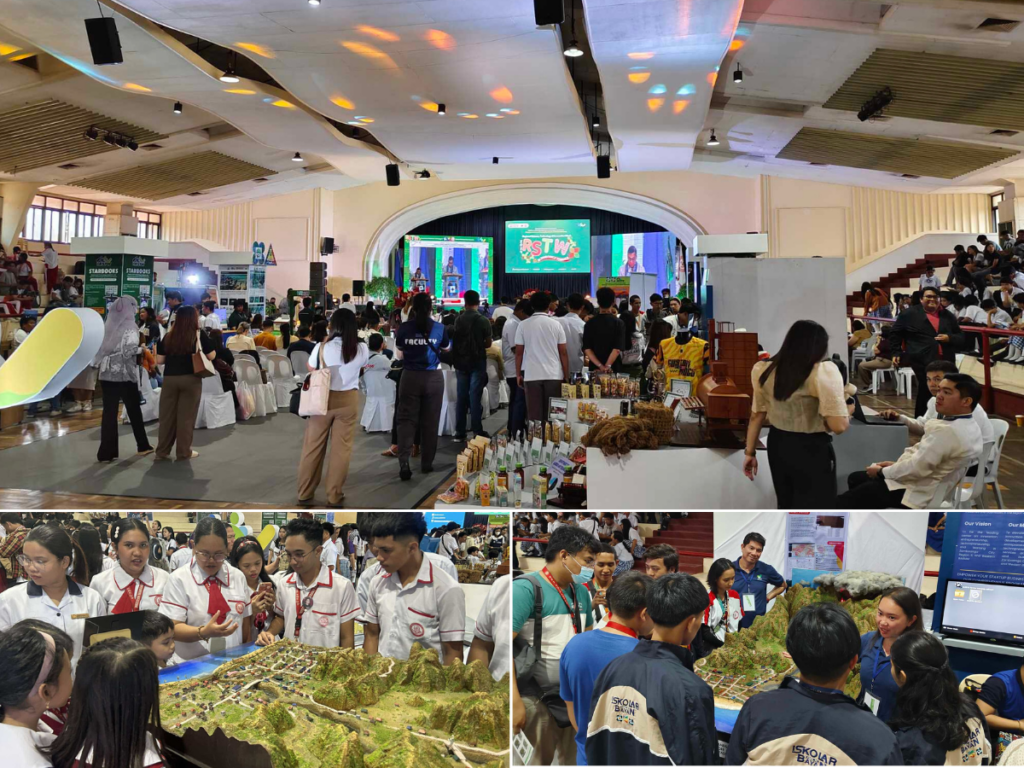November 2024

The Ateneo Center for Environment and Sustainability (ACES) of Ateneo de Zamboanga University (AdZU) showcased its innovative ALeRTO (Automated and Localized Emergency Response and Telemetry Operations) System at the Regional Science, Technology, and Innovation Week (RSTW) 2024. Held from November 20-22, 2024, at the Western Mindanao State University (WMSU) Gymnasium, the event, organized by the Department of Science and Technology (DOST), highlighted the transformative role of science and technology in addressing critical challenges, particularly disaster preparedness.
ALeRTO exemplifies the power of cutting-edge technology in enhancing disaster resilience. Through its integration of early warning systems, real-time data collection, and localized communication networks, the system empowers local governments and communities to respond swiftly and decisively to natural disasters such as floods, landslides, and storms. Its key features include:
- Real-Time Monitoring: Environmental sensors provide continuous data collection and analysis, enabling the early detection of flood hazards.
- Localized Alerts: Tailored warnings ensure residents in at-risk areas receive timely and actionable information.
- Community Engagement: The system fosters communication between authorities and communities, improving coordination during emergencies.

At RSTW 2024, ALeRTO engaged with a diverse audience, including policymakers, educators, and community leaders. The exhibit showcased the system’s potential as a model for disaster management, not only in the region but across the country. Visitors explored ALeRTO’s features, interacted with prototypes, and discussed its localized applications. The event also facilitated partnerships and collaborations, emphasizing the need for collective efforts in building disaster-resilient communities.
Complementing ALeRTO’s display was a detailed diorama that visually represented a geographic landscape, including natural features such as mountains, rivers, and settlements. This interactive model served as a tangible tool for understanding how ALeRTO functions in monitoring, analyzing, and alerting communities about potential hazards.
Connecting the Diorama to ALeRTO:
- Geographical Visualization: The diorama mirrored real-world terrains monitored by ALeRTO, illustrating hazard-prone areas and the strategic placement of sensors in floodplains or low-lying regions.
- Risk Mapping and Assessment: It demonstrated the placement of tools like rain gauges, water level sensors, showing how these devices provide real-time data for disaster prevention and preparedness.
- Community Engagement: The diorama served as an educational aid during training programs, helping stakeholders visualize evacuation routes and safe zones based on ALeRTO’s localized alerts.
- Simulation of Scenarios: The model enabled the simulation of a flood scenario showcasing how ALeRTO activates its warning systems in real time.
The ALeRTO system and its accompanying diorama exemplify the critical role of science and technology in disaster preparedness. Together, they provide a comprehensive and interactive approach to building community resilience and enhancing disaster management strategies.
By participating in RSTW 2024, AdZU-ACES reaffirmed its commitment to advancing sustainable development and disaster resilience. ALeRTO not only highlights the university’s leadership in innovative disaster solutions but also underscores the importance of integrating technology and community engagement to protect lives and livelihoods in the face of increasingly complex environmental challenges.



